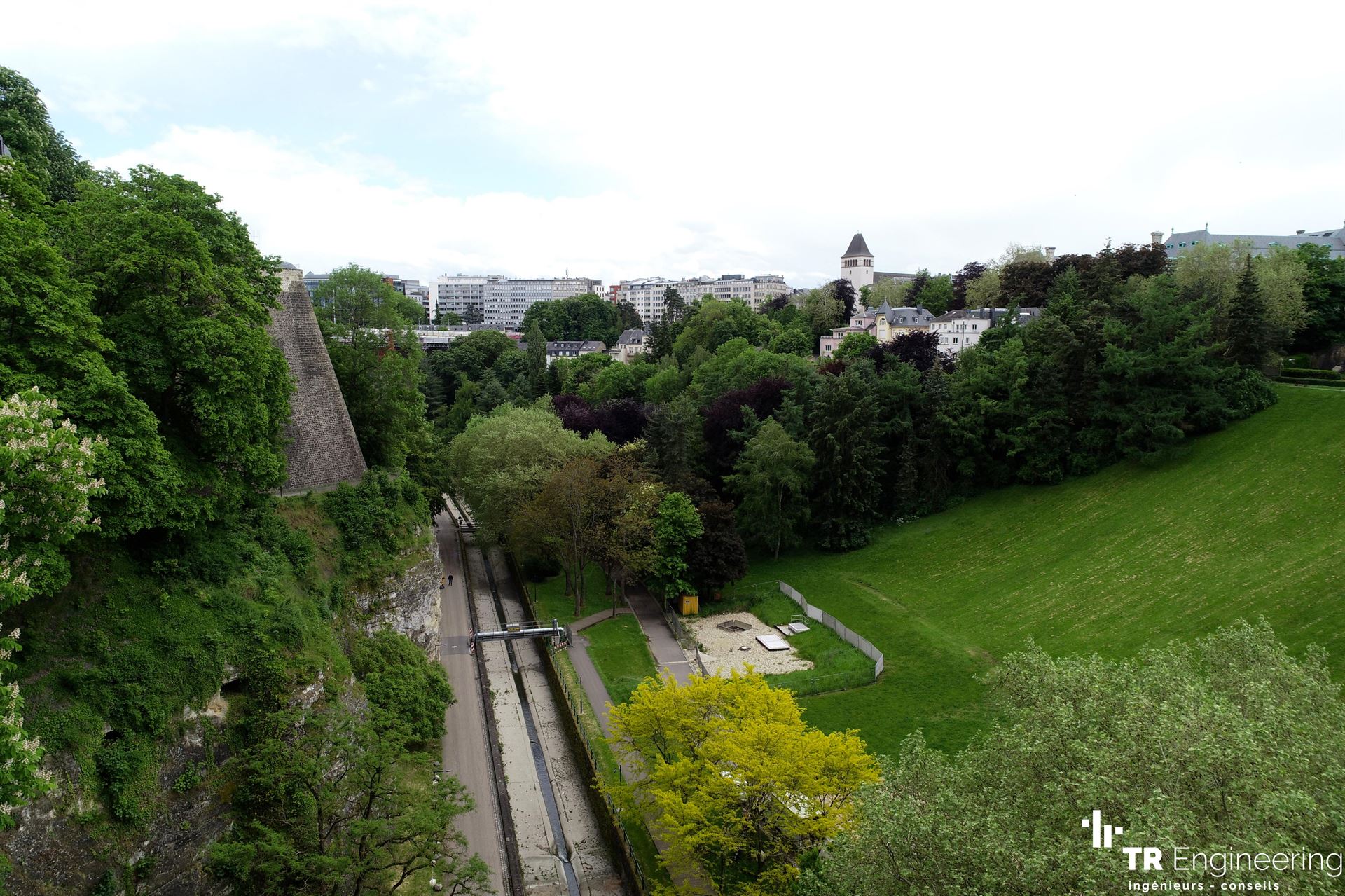First barrier removal in Luxembourg within the framework of the Pétrusse Valley restoration project
The Pétrusse Valley
The Pétrusse Valley is located in Luxembourg City (Figure 1) and is an intrinsic part of its identity. The valley is part of the World Heritage Site of Luxembourg City protected by the UNESCO. Its two main features are its rocks, which are a natural extension of the fortifications, and the green space which functions as a recreational area for locals and tourists alike.













